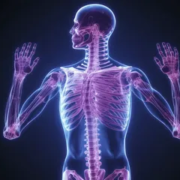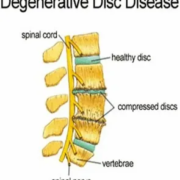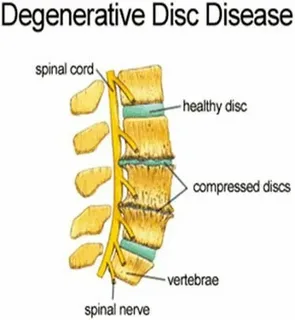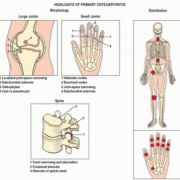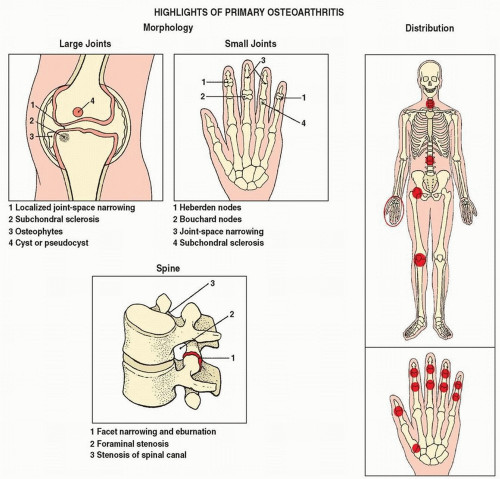Degenerative Joint Disease DJD ICD 10 Code: A Complete Professional Guide
Degenerative Joint Disease DJD ICD 10 also commonly referred to as osteoarthritis (OA), is the most prevalent form of arthritis, affecting millions of people globally. It is a chronic condition characterized by the deterioration of cartilage in the joints, leading to pain, stiffness, swelling, and reduced mobility. DJD is particularly common in older adults but may also affect younger individuals due to trauma, overuse, or genetic predisposition.
In clinical practice, proper documentation and classification of DJD using the ICD-10-CM (International Classification of Diseases, 10th Revision, Clinical Modification) system are essential. This classification supports accurate diagnosis, insurance billing, research, epidemiological tracking, and treatment planning.
This article offers a comprehensive overview of DJD, its ICD-10 codes, coding guidelines, and examples of usage in medical settings.
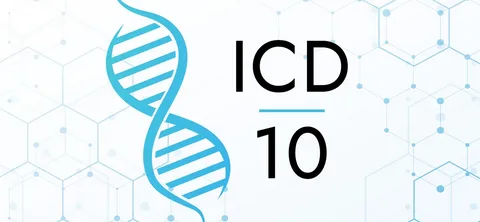
What Is Degenerative Joint Disease?
DJD ICD 10 results from the progressive breakdown of articular cartilage, which normally acts as a cushion between bones. Over time, as this cartilage deteriorates, bones may rub against each other, causing inflammation, bone spurs (osteophytes), and joint dysfunction.
Common Symptoms of DJD:
- Joint pain, particularly after activity
- Morning stiffness lasting under 30 minutes
- Swelling or tenderness in joints
- Loss of joint flexibility or range of motion
- Crepitus (grating sound or sensation)
Most Commonly Affected Joints:
- Knees
- Hips
- Spine (cervical, thoracic, lumbar)
- Hands and wrists
- Feet and ankles
Introduction to ICD-10 Coding
ICD-10-CM is the standardized coding system used in the United States for classifying diseases and health conditions. It is crucial for:
- Documenting diagnoses accurately
- Ensuring proper insurance reimbursement
- Supporting public health and research initiatives
- Communicating effectively across healthcare teams
The ICD-10 code range M15–M19 specifically covers osteoarthritis and DJD of various joints.
ICD-10-CM Codes for Degenerative Joint Disease
Below are the primary ICD-10-CM codes used to classify DJD based on joint location and laterality.
Generalized Osteoarthritis (DJD of Multiple Joints)
| Code | Description |
|---|---|
| M15.0 | Primary generalized osteoarthritis |
| M15.4 | Secondary multiple osteoarthritis |
| M15.9 | Polyosteoarthritis, unspecified |
These codes are appropriate when DJD affects multiple joints without focusing on a specific site.
Knee Osteoarthritis
| Code | Description |
|---|---|
| M17.0 | Bilateral primary osteoarthritis of knee |
| M17.10 | Unilateral primary OA, unspecified knee |
| M17.11 | Unilateral primary OA, right knee |
| M17.12 | Unilateral primary OA, left knee |
Knee osteoarthritis is one of the most common forms and a leading cause of joint replacement surgeries.
Hip Osteoarthritis
| Code | Description |
|---|---|
| M16.0 | Bilateral primary OA of hip |
| M16.10 | Unilateral primary OA, unspecified hip |
| M16.11 | Unilateral primary OA, right hip |
| M16.12 | Unilateral primary OA, left hip |
Hip DJD can be debilitating and often leads to surgical intervention in advanced stages.
Spinal Osteoarthritis (Spondylosis)
| Code | Description |
|---|---|
| M47.812 | Cervical spondylosis w/o myelopathy/radiculopathy |
| M47.814 | Thoracic spondylosis w/o myelopathy/radiculopathy |
| M47.816 | Lumbar spondylosis w/o myelopathy/radiculopathy |
DJD in the spine may involve disc degeneration and facet joint arthritis, leading to back pain and, sometimes, nerve compression.
Hand and Wrist Osteoarthritis
| Code | Description |
|---|---|
| M19.041 | Primary OA, right hand |
| M19.042 | Primary OA, left hand |
| M18.0 | OA of first carpometacarpal joint (thumb base) |
Hand osteoarthritis can affect fine motor skills and is common among postmenopausal women.
Ankle and Foot Osteoarthritis
| Code | Description |
|---|---|
| M19.071 | Primary OA, right ankle and foot |
| M19.072 | Primary OA, left ankle and foot |
Although less common, foot DJD can cause difficulty in walking and balance.
Coding Guidelines for DJD
Use the Most Specific Code
Always specify laterality (right, left, or bilateral) and joint location when available in the medical record.
Differentiate Primary vs. Secondary DJD
- Primary DJD: Results from natural wear and tear (age-related)
- Secondary DJD: Caused by trauma, congenital anomalies, metabolic disease, or other factors
Document Associated Conditions
If DJD is accompanied by symptoms like pain, stiffness, or effusion, consider adding symptom codes (e.g., M25.561 for pain in right knee) only if those symptoms are not already inherent in the diagnosis.
Clinical Coding Examples
Example 1: Bilateral Knee DJD
Patient: 68-year-old with chronic bilateral knee pain
Diagnosis: Bilateral primary osteoarthritis of the knees
ICD-10 Code: M17.0
Example 2: DJD of the Right Hip After Injury
Patient: 60-year-old with right hip pain post-trauma
Diagnosis: Unilateral secondary osteoarthritis of the right hip
ICD-10 Code: M16.51
Example 3: Lumbar Spine DJD Without Radiculopathy
Patient: 72-year-old with chronic lower back pain
Diagnosis: Lumbar spondylosis without neurological deficits
ICD-10 Code: M47.816
Why ICD-10 Coding Matters for DJD
Accurate ICD-10 coding for DJD is essential in a variety of healthcare settings:
- Primary Care: For ongoing management of chronic joint conditions
- Orthopedics: For surgical decision-making and referrals
- Physical Therapy: To tailor rehabilitation protocols
- Billing Departments: To ensure proper insurance reimbursement
- Research & Public Health: To track prevalence and outcomes
Incorrect coding can lead to claim denials, loss of reimbursement, inaccurate medical records, and legal implications for under-documentation.
Conclusion
Degenerative joint disease icd 10 code is a high-impact condition in both personal and healthcare economic terms. Understanding its classification within the ICD-10-CM coding system enables providers to document accurately, code responsibly, and treat effectively.
Whether dealing with DJD of the knee, hip, spine, or multiple joints, selecting the correct ICD-10 code based on specificity and laterality ensures better patient outcomes, stronger medical records, and compliant billing practices.
Quick ICD-10 DJD Code Reference
| Location | Code Range | Example Codes |
|---|---|---|
| Generalized | M15.x | M15.0, M15.4 |
| Hip | M16.x | M16.0, M16.11 |
| Knee | M17.x | M17.0, M17.12 |
| Spine | M47.x | M47.812, M47.816 |
| Hand/Wrist | M18–M19.x | M18.0, M19.041 |
| Ankle/Foot | M19.07x | M19.071, M19.072 |

